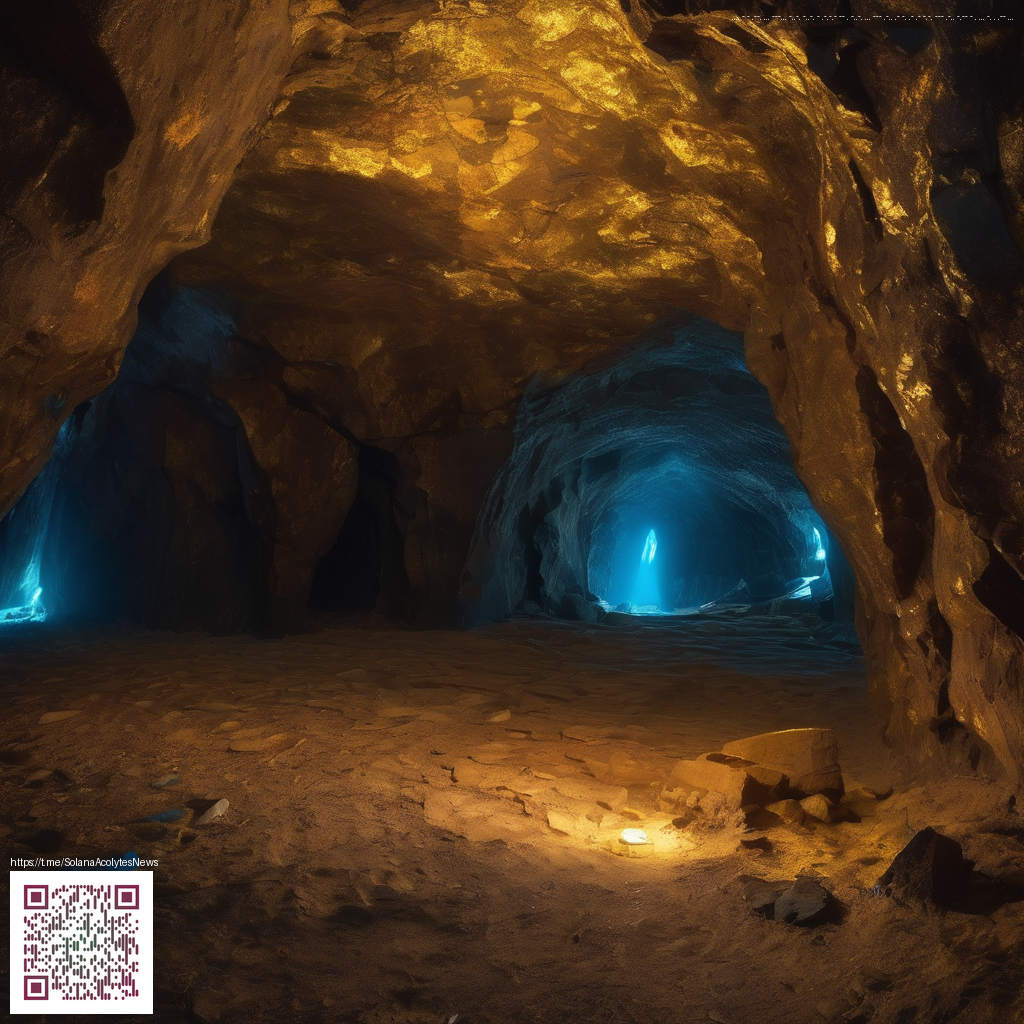
Data source: ESA Gaia DR3
Circling the Compass of the Galaxy: Gaia DR3 5874151630357258112 as a beacon from Circinus
In the vast map of our Milky Way, Gaia DR3 5874151630357258112 stands out as a luminous, hot traveler in the southern skies. While the Sun quietly lights the inner neighborhood of the galaxy, this distant star offers a different kind of perspective: a compass point from the Circinus constellation, guiding our sense of scale, distance, and stellar variety. Through Gaia’s precise measurements, we glimpse how planets, people, and the cosmic sea stretch far beyond our everyday experience.
A star that wears its heat in blue-white light
The data describe a star blazing with a surface temperature near 35,000 kelvin, a temperature that soaks its light in a blue-white glow. Put simply, this is a hot, energetic object—much hotter than the Sun, which bakes at about 5,800 K. Such heat translates into a spectrum that shines brightly in the blue and ultraviolet, a sign of high-energy photons racing from the stellar surface.
The star’s physical size is notable as well: a radius of roughly 8.5 times that of the Sun. When you combine this with the blistering temperature, the star’s energy output is extraordinary—tens of thousands to nearly a hundred thousand times the Sun’s luminosity, depending on the exact details of its internal structure. In other words, this is a beacon capable of lighting up a region of the galaxy in a way barely comparable to the quiet glow of our own solar neighborhood.
Distance and place in the Milky Way
Gaia DR3 5874151630357258112 lies about 2,538 parsecs away according to Gaia’s photometric estimates. That translates to roughly 8,300 light-years from Earth—a distance that places it well into the disk of the Milky Way, far beyond the bright, familiar stars we often see at night. To our eyes, such a star would be invisible with naked-eye observing conditions; it sits far beyond the limit of human vision in ordinary skies. If you’re imagining celestial navigation, this star serves as a reminder that our galaxy is a grand cartography of points, each with its own story and spectrum of light.
What the numbers tell us about the sky’s structure
The star’s coordinates put it in a region associated with Circinus, a southern constellation introduced in the 18th century by Nicolas-Louis de Lacaille. Circinus evokes measurement, mapping, and navigation—the very act of charting a sea of stars that stretch from the horizon to the galactic center. In this sense, Gaia DR3 5874151630357258112 becomes part of a living map: a star that anchor-points the spiral arms and the dusty lanes that thread through the Milky Way. The constellation’s depiction as a compass aligns neatly with the star’s luminous profile—a reminder that navigation, science, and myth often share the same human impulse to chart the unknown.
Gaia data and the search for solar neighbors
One of the most captivating questions Gaia helps us wrestle with is how the Sun’s siblings—stars born from the same stellar nursery—might still drift through the Galaxy. The idea of “solar siblings” is a reminder that our Sun did not form alone, and a few stars could carry a common chemical signature or shared orbital history. The present Gaia DR3 entry is a vivid demonstration of how far such searches must go: a luminous star in Circinus, shining with a fierce surface temperature and a sizable radius, located thousands of light-years away. While Gaia DR3 5874151630357258112 is not a confirmed solar sibling, its precise position, color, luminosity, and distance help map the structure of the galaxy and provide a reference point for comparisons with other stars that might share origins with the Sun.
“In the cold black of interstellar space, light travels with a memory of birth—every star a note in the galaxy’s grand chorus.” 🌌
The star’s color and temperature suggest a blue-white appearance in true color, a hallmark of hot, luminous stars. However, the Gaia color measurements show a nuanced picture: the star’s BP and RP magnitudes imply a complex color index that can reflect redder passbands in certain data releases or measurement uncertainties. The G-band brightness sits at around 14.37 magnitudes, which is well below naked-eye visibility. In practical terms, naked-eye stargazers would need substantial equipment to detect this object, while a skilled telescope could reveal its blue-tinted glow and help scientists study its spectrum in detail.
As Gaia continues to refine distances, temperatures, and motions for millions of stars, our sense of the galaxy’s architecture grows more nuanced. The Circinus region—with its compass-inspired myths and navigational associations—offers a fitting stage for such discoveries. Gaia DR3 5874151630357258112 acts as a bright, instructive example of how a single star can illuminate questions about stellar evolution, galactic structure, and the search for solar siblings across the Milky Way. It also invites us to reflect on the scale of cosmic time and space: a star born in a distant corner of our galaxy, shining with heat and life-giving energy, still reaches toward us across thousands of years of light.
Neon Gaming Mouse Pad – Custom Front Print
This star, though unnamed in human records, is one among billions charted by ESA’s Gaia mission. Each article in this collection brings visibility to the silent majority of our galaxy — stars known only by their light.
This star, though unnamed in human records, is one among billions charted by ESA’s Gaia mission. Each article in this collection brings visibility to the silent majority of our galaxy — stars known only by their light.